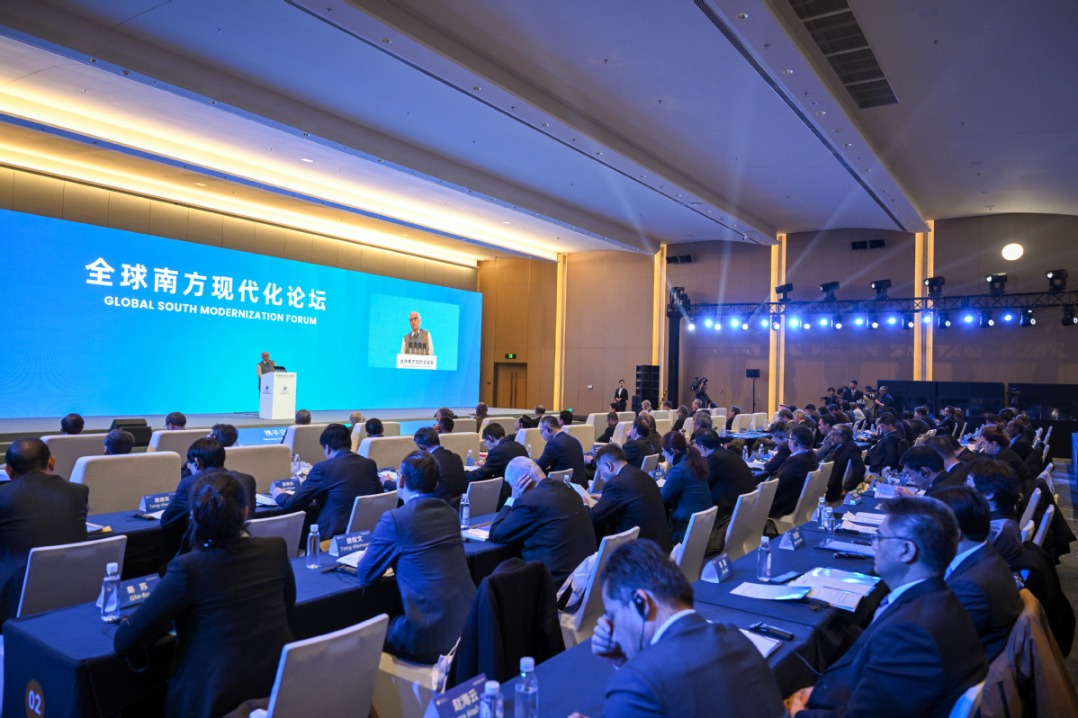Outlook need not be so bleak for outlets


They have made a splash over the past 10 years, but an overhaul is now long overdue
They used to be all the rage, the darling of the retail industry. After the Yansha group set up the first outlet store in Beijing 10 years ago they began to sprout up all over the country. Eventually there would be more than 200 full-fledged outlets, and another 400 discount malls wearing that badge.
However, the glory days of the outlets seem to be over. Outlets Square in Ningbo, Zhejiang province, was declared bankrupt recently, and the much talked about construction of four outlets in Guangdong has been delayed, while another, in the provincial capital, Guangzhou, that was expected to open next year has run into a brick wall as a result of land disputes.
So what exactly has caused this cooling of enthusiasm for outlets in China even as they continue to boom in other countries?
First, the incomes of the target customers are relatively low, and of course the target customers are always critical to the success of a particular type of commercial undertaking. The target customers of outlets are mostly middle class, the predominant class in the United States.
But in China those on middle incomes account for only 20 percent of the population. Figures show that outlet customers in the US are relatively well-off, with annual incomes of more than $40,000 (31,750 euros). Their average age is 43, more than 74 percent have their own homes, and 66 percent derive income from property.
By contrast, the incomes of outlet customers in China are relatively low, because most are young white-collar workers just beginning their careers. Although such people have strong brand awareness, their real purchasing power is relatively weak. According to an analysis of Yansha group outlet customers, their ages range from 31 to 40, and only 20 percent have monthly incomes of 6,000 yuan ($940, 740 euros) or more.
Second, the lack of designer products and the tangled mix of brands have contributed to the poor performance of outlets. One of their biggest attractions is that you can enjoy great discounts while buying famous international brand products. In many other countries, outlets are full to overflowing with famous-brand goods such as off-season clothes and shoes in less sought-after sizes. However, as outlets have wildly expanded in China, they have essentially become retailers of left-over goods, losing a critical ingredient, prestige, along the way.
Now the shelves of many Chinese outlets are lined with second- and even third-grade brands, and some big international names are unwilling to let the outlets sell their wares, wary of damaging their image. That in turn degrades the outlets, further narrowing their product sources.
Third, discounts are unattractive. In China outlets run on the basis of agents rather than on direct marketing, as is the case elsewhere. Before consumers lay their eyes on products, the price has risen many times through different levels of agents.
Another drawback for outlets in China is that most are run by real estate developers rather than specialized commercial enterprises. Many outlets are simply the product of investors aiming to revitalize business properties or department stores that are on the verge of collapse by dressing them in new clothing.
So even though outlets are thick on the ground in China, they do need to change the way they operate.
First, the operators should guarantee the sources of their goods, in particular striving to maintain the quantity of top-tier brand products at favorable prices. To achieve this they need to dump the multi-level agent system and adopt direct marketing. They should encourage renowned brands to set up factory shops in outlet centers, thus greatly reducing costs.
Second, operators need to do research on their target customers. They need to steer clear of fake products and increase their product ranges by attracting brands at different levels, thus meeting the demands of customers.
Third, many people have little or no inkling what outlet businesses are, particularly because many are on the outskirts of cities, and the operators need to publicize them more.
If these problems can be resolved, there is no reason why, with the expansion of China's middle class, growing purchasing power, the increasing maturity of the retail market and the continuing success of international brands, the outlook for outlets cannot be a rosy one.
The author is chief researcher of the technology and industry department at Samsung Economic Research Institute, China. The views do not necessarily reflect those of China Daily.
(China Daily 06/29/2012 page9)
Today's Top News
- China sends letter to UN over Japanese PM's remarks on Taiwan
- Chinese, Uzbek FMs hold second strategic dialogue
- G20 an opportunity to strengthen Sino-EU ties
- China, Africa foster shared food security
- Japan urged to take practical steps to honor its commitments to China
- Direct dialogue on climate change stressed






























